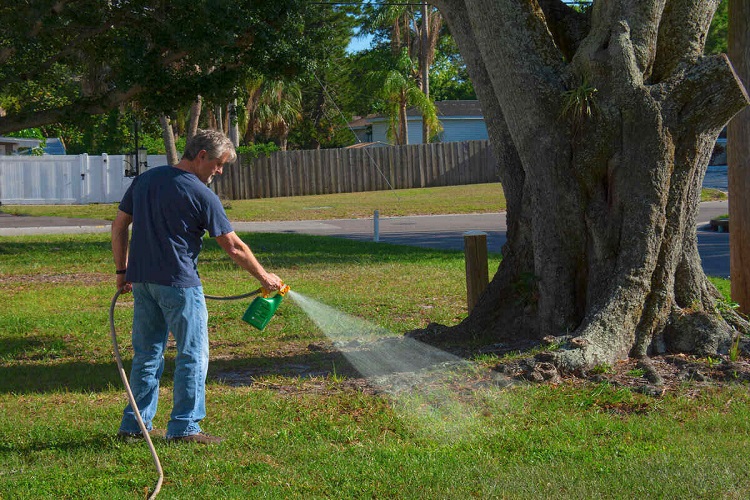Improving Your Yield with Liquid Fertilizer
Scores of home gardeners are completely sold to liquid fertilizers and with good reason. Liquid fertilizers have long been used as transplanting solutions to feed young seedlings. They are easy to apply to your kitchen gardens as well as indoor plants.
Liquid fertilizers are popular with home gardeners for a variety of reasons including the following:
- They are easy and safe to use
- They produce results faster than granular fertilizers
- They are more versatile than dry fertilizers and can, therefore, be used in more ways
A good number of homeowners swear by liquid fertilizers for these reasons and prefer to use them instead of granular fertilizers.
Table of Contents
Liquid Feeding Food
While liquid feeding has gained popularity rapidly, it is not what one would refer to as a trend in gardening circles. It has actually been around for a long time. Centuries ago, it was discovered that water seeping into gardens from muddy streams prompted plant growth better than plain rainwater did.
This is possibly because the river water carries along with it nutrients that it deposits into the garden thus stimulating growth. Water with droppings from animals is even more nutritious for plants as it contains varieties of micronutrients.
It, therefore, makes sense that humans would figure out that liquid feeding would work for plants. Making organic liquid fertilizer has been simplified to the point that it can be made at home. Also, you can buy it in a bottle or in the form of soluble salts.
There are many liquid fertilizers that are perfect for home gardening. These include:
- Kelp fertilizer
- Fish emulsion
- Blood meal
- Bone meal
What is the Best Liquid Fertilizer for Plants
The mixture of your liquid fertilizer must be right to give you the best results. The best contains the ratio 1-2-1 n-p-k; nitrogen, phosphorous and potassium respectively. The dry soluble mixtures may be a little more expensive than dry fertilizers since water-soluble salts are not easy to come by.
However, you can find liquid fertilizers sold in bottles or barrels that contain solutions of up to ten pounds of fertilizer. These are usually highly concentrated and you are advised to dilute before application.
Do Not Use Fertilizer Unless the Soil Needs it
If the soil is fertile and does not demand fertilizer, let it be. You will be wasting your fertilizer and money applying it to soil that is fertile enough for your plants. Also, check the soil pH before adding any fertilizer.
Transplanting Solutions
Liquid fertilizers that are meant for transplanting purposes contain at least eight pounds to the ratio of 5-10-5 per a hundred gallons of water. This is the equivalent of one tablespoonful to one gallon of water. You are instructed to apply approximately a quarter to a pint of the fertilizer to the roots before they get covered.
You must be careful not to:
- Have dry fertilizer in the soil around the roots of your plants
- Press the soil around the roots once they have been set with the solution
Note that you are allowed to use your organic liquid solution just like you would use the granular option. The concentration will depend on the plants. Also, you the liquid feeds may come ready-to-use or you may be required to dilute with a stated amount of water. It is, therefore, important to read instructions before application.
Why Liquid over Dry Plant Feed?
Liquid fertilizer is a lot easier to use than dry because it does not require much in terms of preparation. All you need to do is measure the solution into the required amount of water and you are good to go. In fact, some of the solutions are used as they are meaning there is no preparation needed.
Conclusion
Ultimately, liquid plant feed is the best when you need to touch up your plants up quickly and they help greatly in improving yields. They are also great for houseplants which need a quick solution.

